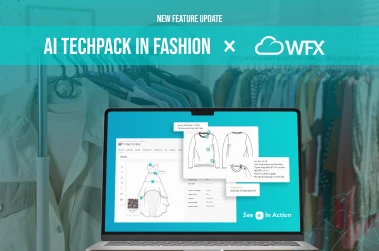During the 1800s, apparel production was a slow and tedious process. It could take days or weeks (and even months) to make a single dress. However, the industrial revolution and the introduction of new technologies like sewing machines and textile machines, things changed. Mass production became easier giving birth to the concept of ‘ready-made garments.’
It was now much easier, cheaper and faster to make a dress. Several dressmaking businesses came up and were making clothes for the newly minted middle class. While fast fashion was not a thing yet, these shops could be termed the early beginnings of the modern clothing factory or ‘sweat shop.’ These developments also coincided with the launch new man-made fabrics like nylon and polyester. All of this significantly brought down the cost of creating a new garment.
By the 1960s and ‘70s, people started creating their own designs and brands started outsourcing textile production to developing countries. Far from its utilitarian image, fashion became a way to express one’s personality.
In the 1990s and 2000s, fast fashion was in full swing. Retailers like Zara, H&M and Primark pioneered and gained huge success on a business model that later came to be known as fast fashion. The terms itself was coined by a New York Times writer who used ‘fast fashion’ to describe Zara founder Amancio Ortega’s mission. Ortega said it would take just ‘15 days for a garment to go from a designer’s brain to being sold on the racks’ at Zara stores.
Today, the rise of online retailers, social media and fashion influencers have all added further fuel to the fire of fast fashion. The current scenario is such that Fashion Nova’s CEO has said the online retailer ‘launches about 600 to 900 new styles every week.’
Has the rapid and exponential rise of fashion been a boon or bane for the industry? Let’s find out by taking a closer look at the pros and cons of fast fashion.







































